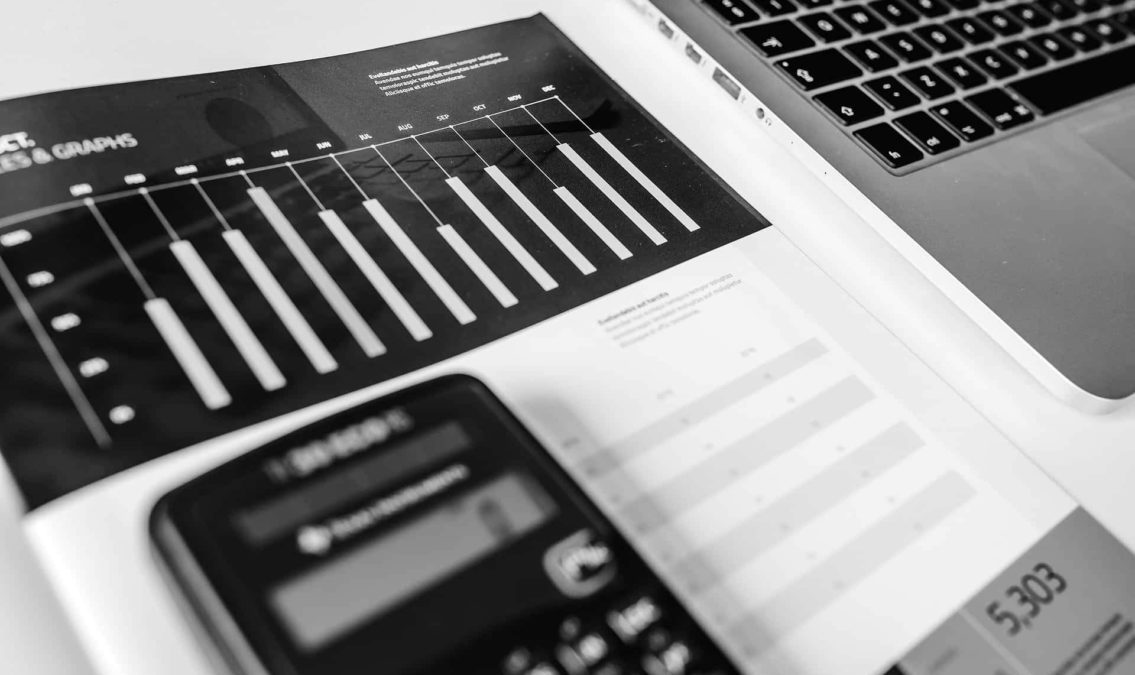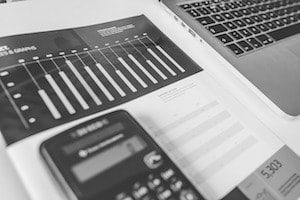What is Inventory Accounting? How It Works, Types of Inventory Accounting, and More


Every business that manages inventory must use an inventory accounting process to determine the value of the company’s inventory assets. There are several common inventory accounting methods that companies rely on to assign value to their inventory and maintain appropriate record-keeping. Inventory valuation is a critical business process that directly impacts profit and taxation.
Because inventory is a business asset, accountants must consistently and appropriately use an acceptable, valid method for assigning costs to inventory to record it as an asset. Raw materials, work in progress, and finished goods remaining on-site should all be considered part of the inventory.
Moreover, placing a value on inventory is critical since the inventory accounting method used directly impacts the amount of expense  charged to the cost of goods sold during an accounting period and then, in turn, on the amount of income earned.
charged to the cost of goods sold during an accounting period and then, in turn, on the amount of income earned.
The basic formula for calculating the cost of goods sold during a period is the sum of your beginning inventory and your purchases minus your ending inventory, which means you need to accurately determine the value of your ending inventory with an appropriate inventory accounting method.
Thus, inventory accounting is a vital business practice for manufacturers, wholesalers, and retailers. Many of these product-based businesses face the challenges of assigning value to inventory on hand as opposed to inventory sold, since identical goods carry different prices as time goes by. However, businesses are required to commit to an inventory cost method in the first year of business, and while it’s possible to switch methods in later years, doing so can be exceedingly complex. Therefore, companies should carefully weigh inventory accounting methods to determine which method is most appropriate for the organization not only today, but as the company (and the amount of inventory managed) grows. There is more than one inventory accounting method to use to value inventory.
Accountants need to determine whether to use first in, first out (FIFO), last in, first out (LIFO), weighted average method, or specific identification method of inventory accounting. If older inventory is less expensive, and you use it first, you would choose the FIFO accounting method. Or, you could assume that you used the most recent, most expensive inventory using the LIFO accounting method.
If FIFO and LIFO will not work for your business for one reason or another, your other options include the weighted average method or the specific identification method. The weighted average method of inventory accounting uses the average cost of your total inventory to assign value to each item used, while the specific identification method involves tracking the cost of each inventory item separately and charging the specific cost of an item to the cost of goods sold.
Continue reading to learn more about each type of inventory accounting.
 follow most companies’ natural inventory flow and is banned by International Financial Reporting Standards. When prices rise, the last units purchased are the first used, so the cost of goods trend higher and results in a lower amount of operating earnings and fewer income taxes to pay. Companies using the LIFO method also struggle with obsolete inventory.
follow most companies’ natural inventory flow and is banned by International Financial Reporting Standards. When prices rise, the last units purchased are the first used, so the cost of goods trend higher and results in a lower amount of operating earnings and fewer income taxes to pay. Companies using the LIFO method also struggle with obsolete inventory.Choose an inventory accounting method that suitable for your business needs to maximize revenue potential while effectively managing record-keeping for tax purposes.
For more information on inventory accounting, visit the following articles:
Our sales engineers are experts in automatic asset tracking, tagging and identification,a nd can answer all your questions. Get in touch now.
Lets Talk ›